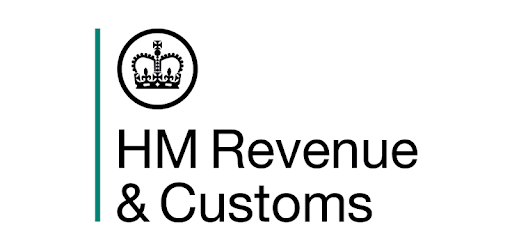
Autumn Budget
Released On 31st Oct 2024
Secondary Class 1 National Insurance Contributions (employer NICs)
The rate of employer NICs will increase from 13.8% to 15% from 6 April 2025. The Secondary Threshold is the point at which employers become liable to pay NICs on employees’ earnings, and is currently set at £9,100 a year. The government will reduce the Secondary Threshold to £5,000 a year from 6 April 2025 until 6 April 2028, and then increase it by Consumer Price Inflation thereafter. The Employment Allowance currently allows businesses with employer NICs bills of £100,000 or less in the previous tax year to deduct £5,000 from their employer NICs bill. The government will increase the Employment Allowance from £5,000 to £10,500, and remove the £100,000 threshold for eligibility, expanding this to all eligible employers with employer NICs bills from 6 April 2025.
Benefits in kind
The use of payroll software to report and pay tax on benefits in kind will become mandatory, in phases, from April 2026, applying to Income Tax and Class 1A NICs. Further detail is set out in a technical note.
Veterans’ relief
The government is extending the employer NICs relief for employers hiring qualifying veterans for a further year from 6 April 2025 until 5 April 2026. This means that businesses will continue to pay no employer NICs up to annual earnings of the Veterans Upper Secondary Threshold of £50,270 for the first year of a veteran’s employment in a civilian role.
Ownership Trusts and Employee Benefit Trusts
A package of reforms is being introduced to the taxation of Employee Ownership Trusts and Employee Benefit Trusts to prevent opportunities for abuse, ensuring that the regimes remain focused on encouraging employee ownership and rewarding employees. The changes will take effect from 30 October 2024. Further detail is set out in this policy paper.
Umbrella Companies
To tackle the significant levels of tax avoidance and fraud in the umbrella company market, the government will make recruitment agencies responsible for accounting for PAYE payments made to workers that are supplied via umbrella companies. Where there is no agency, this responsibility will fall to the end client business. This will take effect from 6 April 2026. Further detail is set out in this paper policy.
Vehicles
Following a Court of Appeal judgement, the government will treat double cab pick-up vehicles (DCPUs) with a payload of one tonne or more as cars for certain tax purposes. From 1 April 2025 for Corporation Tax, and 6 April 2025 for income tax, DCPUs will be treated as cars for the purposes of capital allowances, benefits in kind, and some deductions from business profits. The existing capital allowances treatment will apply to those who purchase DCPUs before April 2025. Transitional benefit in kind arrangements will apply for employers that have purchased, leased, or ordered a DCPU before 6 April 2025. They will be able to use the previous treatment, until the earlier of disposal, lease expiry, or 5 April 2029. Amended guidance clarifies this change of approach and how it is to be implemented, including transitional arrangements, for capital allowances (CA23510 and CA23511), benefits in kind (EIM23150 and EIM23151) and business profits (BIM47730 and BIM70035).
The government will also publish draft legislation relating to loopholes in car ownership arrangements, through which an employer or a third party sells a car to an employee, often via a loan with no repayment terms and negligible interest, then buys it back after a short period. This arrangement means those benefiting don’t pay company car tax which other employees pay, and so this measure will seek to level the playing field. The changes will take effect from 6 April 2026. HMRC will collaborate with stakeholders on draft legislation to ensure that legitimate schemes are not impacted ahead of the new rules being introduced in April 2026.
Company Car Tax (CCT) rates will increase by 2 percentage points (ppt) for zero-emission vehicles (ZEVs) and by 1ppt for all other vehicles for the 2028 to 2029 tax year up to a maximum appropriate percentage of 38%. CCT rates will increase by a further 2ppt for ZEVs and 1ppt for all other vehicles for 2029 to 2030 up to a maximum appropriate percentage of 39%. The rates for vehicles which produce 1-50g CO2 per kilometre, which are also capable of operating for 2028 to 2029 to 2029 to 2030, will be removed. Changes should be automatically reflected in tax codes for tax year beginning 6 April 2028.
Heavy goods vehicle (HGV) Vehicle Excise Duty rates will be uprated in line with the Retail Price Index (RPI) for 2025 to 2026 from 1 April 2025. The HGV Levy will also be uprated in line with RPI for 2025 to 2026 from 1 April 2025.
Further information
Information on all the Budget measures announced yesterday, including the annual uprating of duties and rates, can be found in the Autumn Budget 2024 page on GOV.UK.






